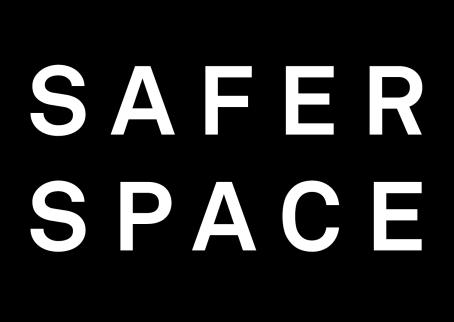The Finnish Museum of Photography is Finland's national specialized museum for photography. Through exhibitions, collection management, education, research, and a wide range of public and community programmes, the museum strives to promote and foster photographic art and culture in Finland. Founded on the initiative of Finnish photography organizations, the museum opened its doors in 1969 and is the oldest photography museum in Europe.
The museum is maintained by the Foundation for the Finnish Museum of Photography.
The museum's main support comes from the Finnish Ministry of Education and from the City of Helsinki, which provides premises in the Cable Factory in Ruoholahti, Helsinki. The Director of the museum is Anna-Kaisa Rastenberger, and it has a permanent staff of thirteen.
The museum’s exhibitions cover Finnish and international contemporary photography, as well as the diverse history of the craft. Exhibitions are also produced from, and reinforced by, the museum's own collections.
The museum's collections include around 2.5 million pictures spanning various photographical user cultures. The emphasis in new collection acquisitions is on contemporary Finnish photographic art. The archives contain a wide range of documents from newspaper clippings and sound recordings to films, printed invitations, and posters. The object collection comprises 3500 items, such as cameras and photographic instruments.
The museum carries out basic research on its collections. The museum maintains a database of Finnish photographers, along with other databases and a photography library for researchers.
The conservation unit maintains the museum´s collections and disseminates information about the safe preservation of photographs. In a national context, the Finnish Museum of Photography has considerable specialist expertise in the preservation and conservation of photographs.
Museum´s Engagement and Learning Programme aims to foster an increased awareness and understanding of photography and visual culture within society by creating innovative and inclusive opportunities for people to engage with the Museum’s exhibitions and programmes, both as audience members and participants. It also seeks to create opportunities for meaningful exchanges between artists and the public.








